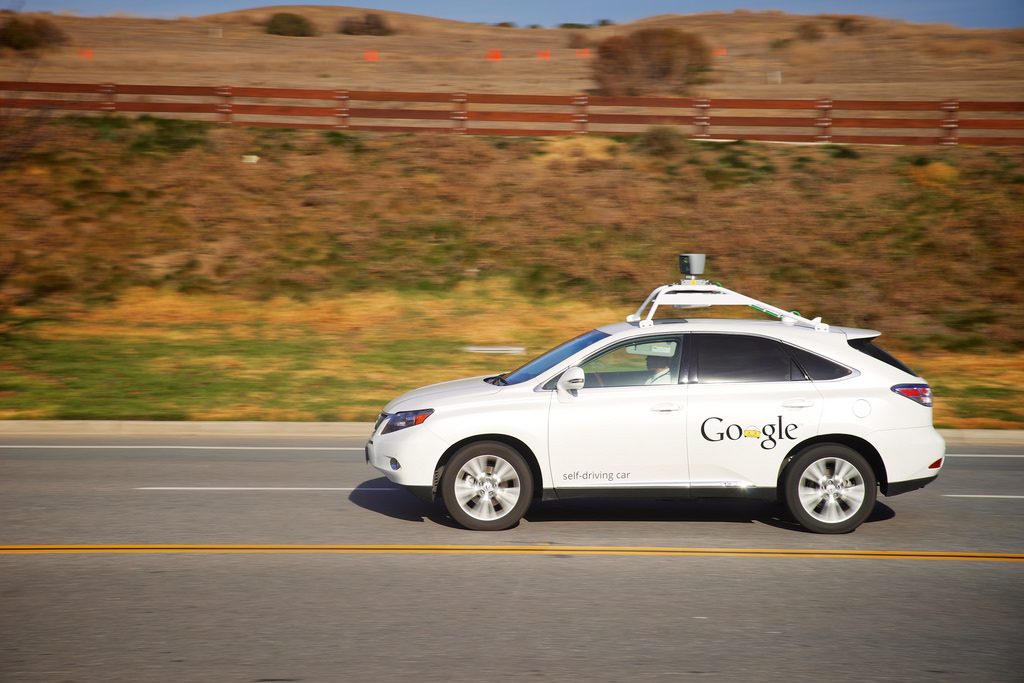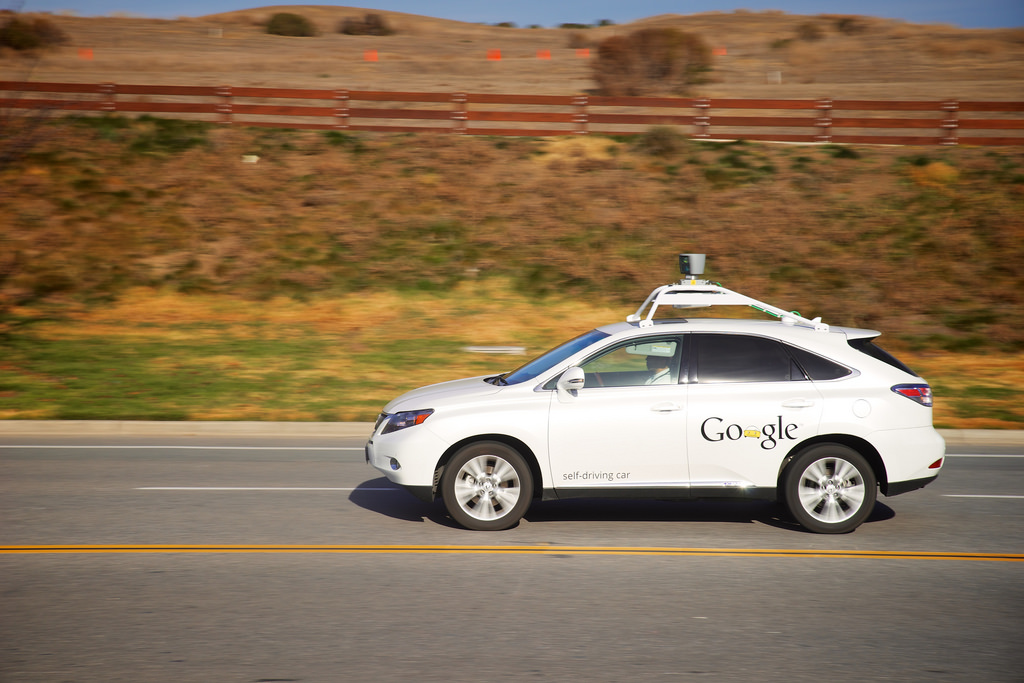March 2018 was a low-point for self-driving cars. Two fatalities caused by self-driving vehicles, thrusting the technology, and the laws that regulate it, under the spotlight. The media was awash with questions asking if America and Europe are ready for self-driving technology.
Fortunately, now the dust has settled, it appears that most regions are happy to push forward with driverless vehicle testing. Testing has expanded in California to allow for remote monitoring, as have Arizona and Nevada. Despite the setbacks, research and testing continue, pushing us towards a future with self-driving vehicles.
What is the current legal situation regarding self-driving cars? These are the three things you need to know about the current state of affairs for driverless vehicles.

The law varies state to state
The US Department of Transportation and NHTSA are gradually updating their guidelines regarding self-driving vehicles. However, individual state legislation is moving much faster than federal regulations.
Each state currently has its own rules regarding self-driving cars. For example, in states like Arizona, California, Nevada, and Georgia, the “vehicle operator” can be remote. It could be someone who is monitoring a fleet in a control center. This means that there does not have to be a human inside the vehicle while it is in motion monitoring the system.
But in Texas, for example, the law states that a “natural person” must be riding in the vehicle to oversee its functionality.
Driverless vehicles are exempt from the following distance laws
In 11 states, driverless cars are exempt from the state laws regarding following distances. These laws dictate the distance a driver must leave between their vehicle and the vehicle in front. They depend on road conditions, visibility, and the travelling speed.
However, these states have made self-driving cars exempt from these laws. The reasoning behind this is that the self-driving technology eliminates the seconds before braking in which a human would evaluate the situation, then react by hitting the brakes. In a driverless vehicle, the vehicle applies the brakes when the wireless technology detects the vehicle in front slowing. Without human reaction times, self-driving vehicles can stop over a much shorter distance.
There are numerous advantages to being able to follow the vehicle in front more closely. It lowers the air resistance, leading to better fuel economy. For trucking companies, which manage a large fleet, driving their trucks in a close-knit line, would save them considerably in fuel costs each year.
Only North Dakota has legislated on what happens to the data produced in self-driving cars
In this data-driven world, it might come as a surprise that almost no legislation has been passed that dictates what happens to the data stored in a self-driving car.
Each autonomous vehicle is rigged with hundreds of specialized sensors, each collecting vast amounts of data. This data would be highly valuable to insurance companies, manufacturers, and the Department of Transport.
Only North Dakota has passed any legislation in relation to this issue. In North Dakota, the Department of Transport can collect the data stored in driverless vehicles for research purposes. In 2012, when the bill was passed, another piece of legislation was rejected which would have given the vehicle owner ownership of the data.
The topic of data ownership will no doubt be a contentious issue and require extensive legislation in the near future.
Legislation surrounding autonomous vehicles is still in its infancy, and the legal landscape is constantly shifting. As the number of driverless vehicles on our roads increases, so too will the legislation surrounding them.
Topics #Law #Self driving










